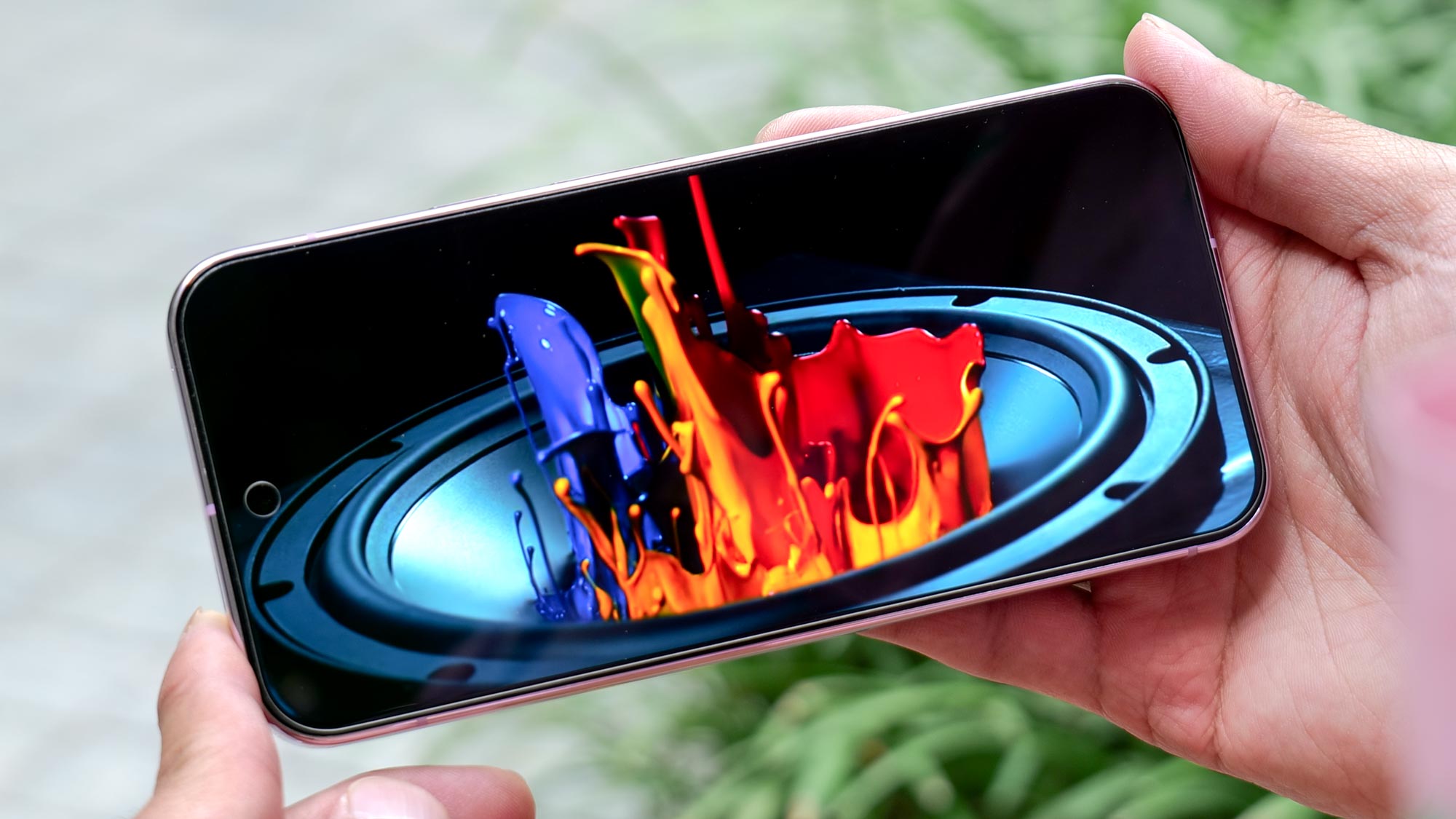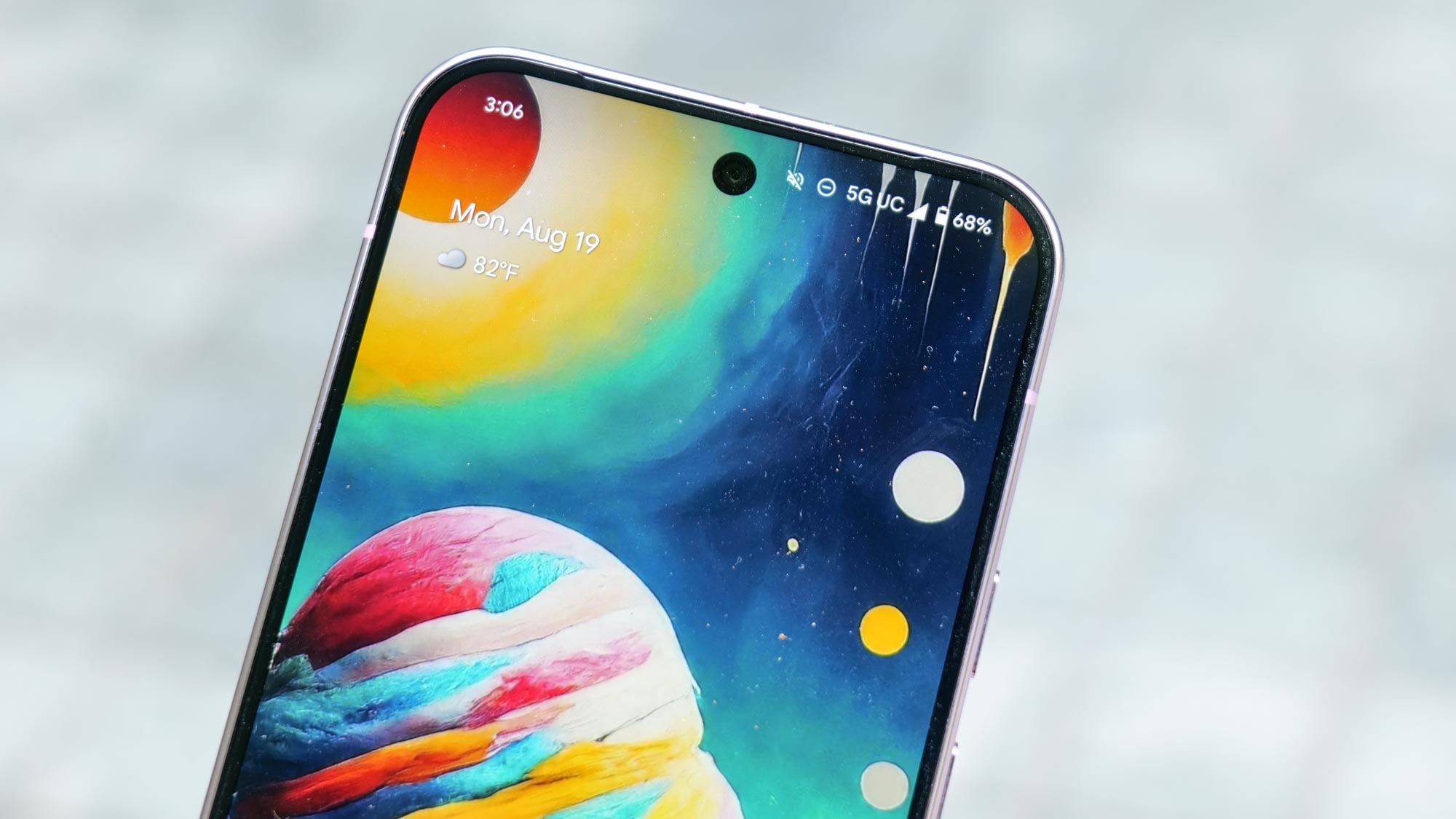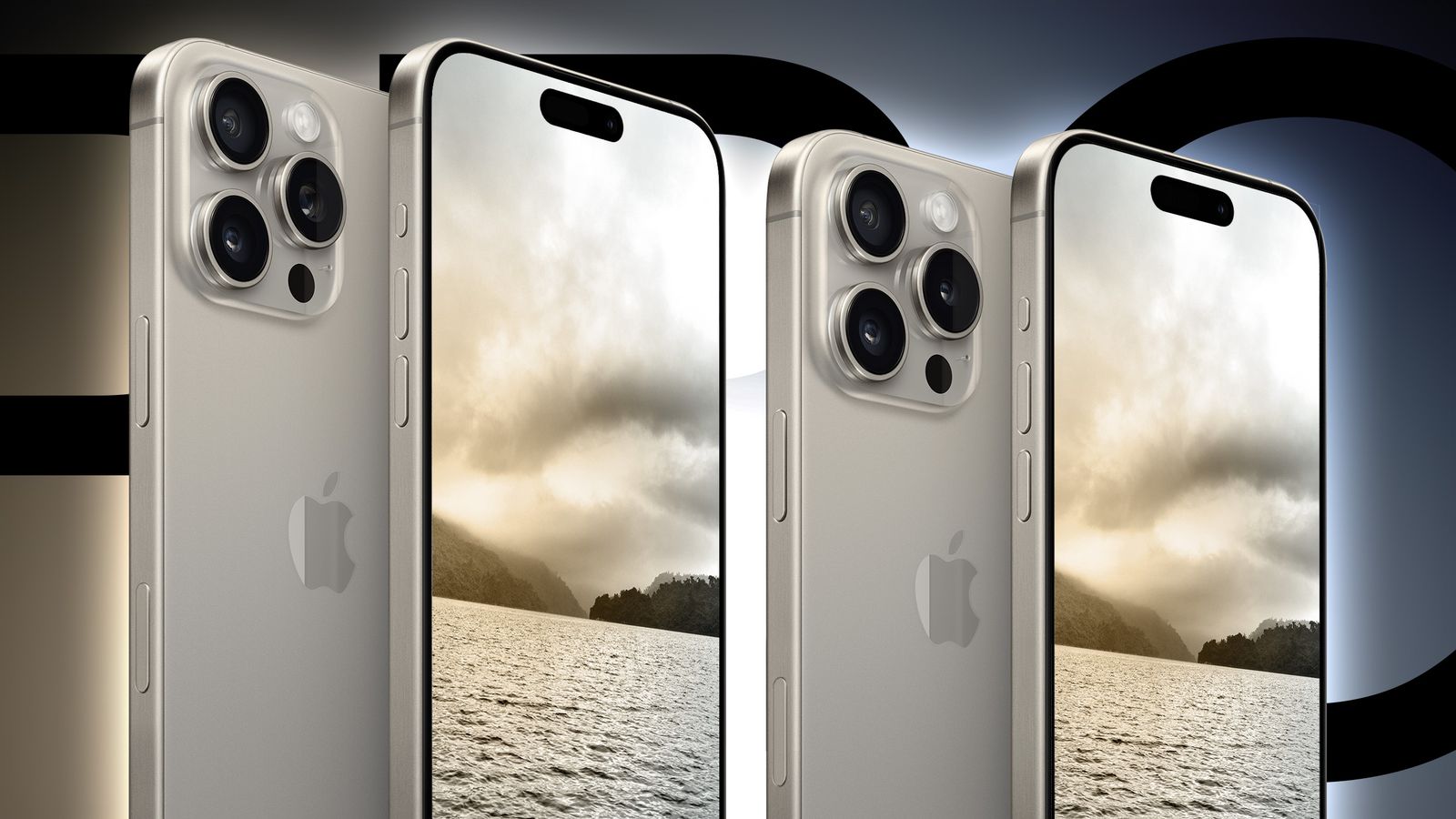
Sure, the AI features on the latest Pixel 9 models from Google are cool — from Add Me to Pixel Screenshots. But there's something even more compelling on the hardware front. These are the brightest displays we've tested. And that would seem to cast a shadow over the upcoming iPhone 16 launch, as Apple reckons with how to hold on to its top spot on our best phones list.
Still, the new iPhone 16 won't be Apple's first rodeo when it comes to rolling out highly anticipated new phones. You'd imagine Apple has a few bright ideas of its own on how to improve the displays of its upcoming handsets — and we've got the iPhone 16 display rumors to prove it.
It may seem odd to be focusing on smartphone displays when so many other factors like camera performance and battery life influence what device ranks as the best phone overall. And those things will certainly be important to the iPhone 16's success. But displays have become an increasingly critical way for device makers to differentiate their phones from rivals, and display technologies have emerged that they can use to that end.
Brighter more immersive displays are also important for those of us who are deciding what phone to buy. I don't know about you, but my iPhone is probably the device I use the most during the day — it's certainly the one I have with me at all times. So it's natural to want that device to have a screen that's easy to see no matter what the surrounding conditions are.
The Pixel 9 Pro XL sets the brightness standard

Google can certainly make the claim that its latest flagship phones deliver that kind of visibility. The Pixel 9 Pro XL may not have hit the promised 3,000-nit maximum brightness in our display testing, but it did hit a sustained reading of 1,922 nits — by far, the best brightness result we've registered for a smartphone.
Google's other new phones are no slouches in this area either. The Pixel 9 Pro hit a peak of 1,938 nits in our testing, much better than the numbers we saw for comparable devices like the iPhone 15 Pro and Galaxy S24 Plus. Even the Pixel 9 — the least expensive phone in the lineup — hit a peak of 1,812 nits, which bests other $799 handsets by some margin.
It's easy to forget in the wake of these new Pixel 9 numbers that Samsung's Galaxy S24 lineup also made brighter displays a key part of the argument for upgrading to that phone. All three models were set to deliver 2,600-nits of peak brightness, and while they didn't hit those highs, they certainly proved to be among the brightest phones out there — at least until Google's new devices came along to steal their thunder.
How the iPhone 16 responds

So now it's Apple's turn to try and leap-frog the competition by coming out with better and brighter displays with its new phones. Based on the iPhone 16 rumors out there surrounding the phone's screens, Apple may come close to pulling that off.
Specifically, the iPhone 16 Pro models are tipped by one leaker to see a 20% boost in display brightness. That would bring the max brightness of SDR content to 1,200 nits, up from 1,000 nits on the existing iPhone 15 Pro models. It's unclear from that rumor if the HDR maximum brightness and peak outdoor brightness would see boosts from the iPhone 15 Pro levels of 1,600 nits an 2,000 nits, respectively.
Still, you wouldn't put it past Apple to look to boost those numbers as well. Another rumor has the iPhone 16 Pro getting its displays supplied by Samsung, with these panels being brighter than before. More importantly, these screens should also be more power efficient, which could help with improved battery life — a key area for the smaller Pro model, which has struggled to keep pace with the longer battery life times posted by larger iPhones.
The iPhone 16 Pro screens aren't just expected to be brighter — they should be bigger, too. The iPhone 16 Pro's display could grow from 6.1 inches to a 6.3 inches, which would match the Pixel 9 Pro. Meanwhile, the iPhone 16 Pro Max would expand to a 6.9 inch panel, according to rumors.
We've focused on the changes coming to the iPhone 16 Pro models because that's where the most significant display rumors have centered around. That's not out of line with Apple's recent approach to phone updates, which is to shower the Pro models with new features that eventually find their way to the standard iPhone. It is pretty clear that the iPhone 16 and iPhone 16 Plus will continue to feature displays with 60Hz refresh rates, which is disappointing when every other major phone maker equips their flagships with 120Hz panels.
iPhone 16 display outlook
We won't have to wait long to find out what changes Apple will make to its iPhone 16 Pro displays and whether any improvements will trickle down to the iPhone 16. The rumored iPhone 16 release date is just a few weeks away with the Apple September event tipped for September 10, so we should be seeing all the changes that Apple plans to make to its phones sooner rather than later.
And when we do, it will be Samsung's turn to start thinking about how it can brighten up the outlook for next year's Galaxy S25 models.







